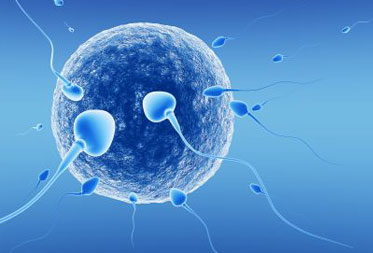What is ICSI?
Intracytoplasmic Sperm Injection (ICSI) is performed as an additional part of an IVF treatment cycle where a single sperm is injected into each egg to assist fertilisation using very fine micro-manipulation equipment. In most cases, ICSI can be used to overcome severe male infertility.
Who is ICSI suitable for?
Intracytoplasmic sperm injection is recommended for couple’s who have been diagnosed with male fertility issues such as low sperm count, low sperm morphology or motility, anti-sperm antibodies or have previously had a vasectomy or unsuccessful vasectomy reversal.
We can also use this technique for couples who have experienced poor or no fertilisation rates using standard IVF.
What are the success rates for ICSI?
Together with IVF, ICSI is one of the most common techniques used in Assisted Reproductive Technology. Since it was introduced, it has led to the birth of many thousands of babies worldwide that otherwise might not have been conceived.
The success rates for ICSI are similar to those of standard IVF.
While success rates can give you an indication of your chance of conceiving they are not specific to your situation. Your fertility specialist will be able to give you an indication of your individual chance of success using ICSI.

Are there potential risks with ICSI?
There is no convincing evidence that the rate of birth defects in children born from the ICSI process is any different to the general population. However there is slight increase in the chance that a male child born from the ICSI process will also have a male fertility issue.
What is PICSI (ICSI-HA)?
Physiological Intracytoplasmic Sperm Injection (PICSI) is an extension of the ICSI technique which involves a functional test for sperm to aid in their selection for ICSI. The test is based on a sperms ability to bind to Hyaluron (HA) mimicking the natural binding of mature sperm to oocytes (eggs).
It involves adding prepared sperm to a special dish containing small dots of Hyaluron on the bottom. Sperm that bind to the HA are then isolated and selected from for ICSI.
People that might benefit from PICSI are those with poor fertilisation in a previous ICSI cycle, poor embryo development in previous ICSI cycle, high levels of Sperm DNA fragmentation and reduced sperm morphology or motility.